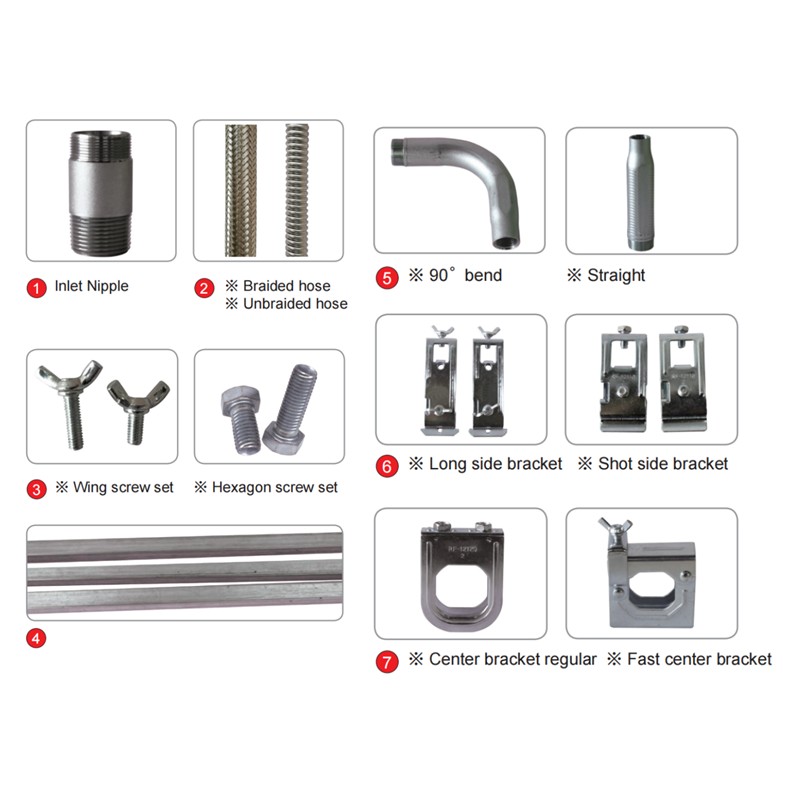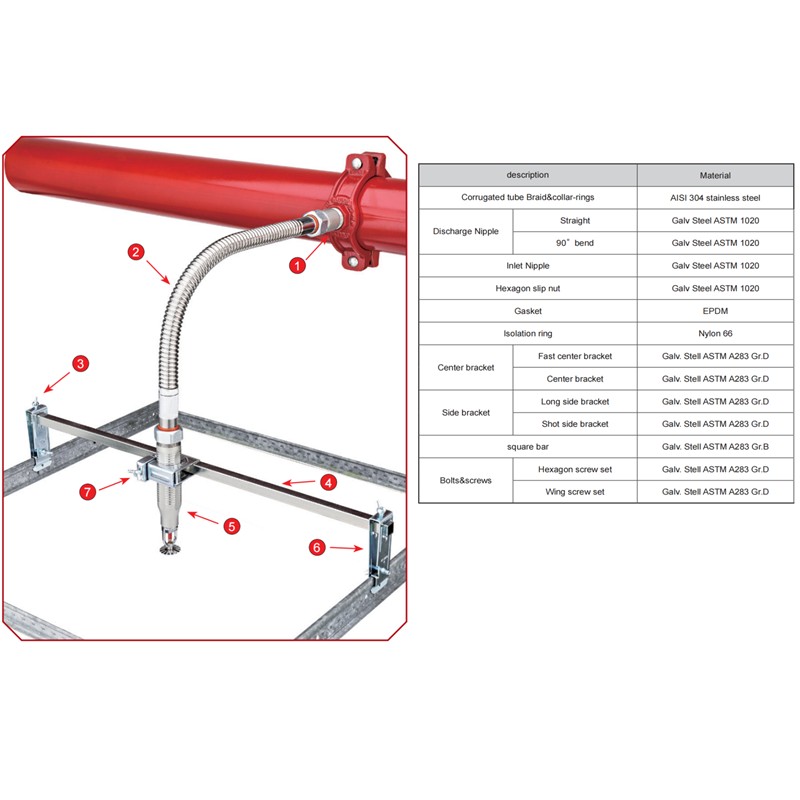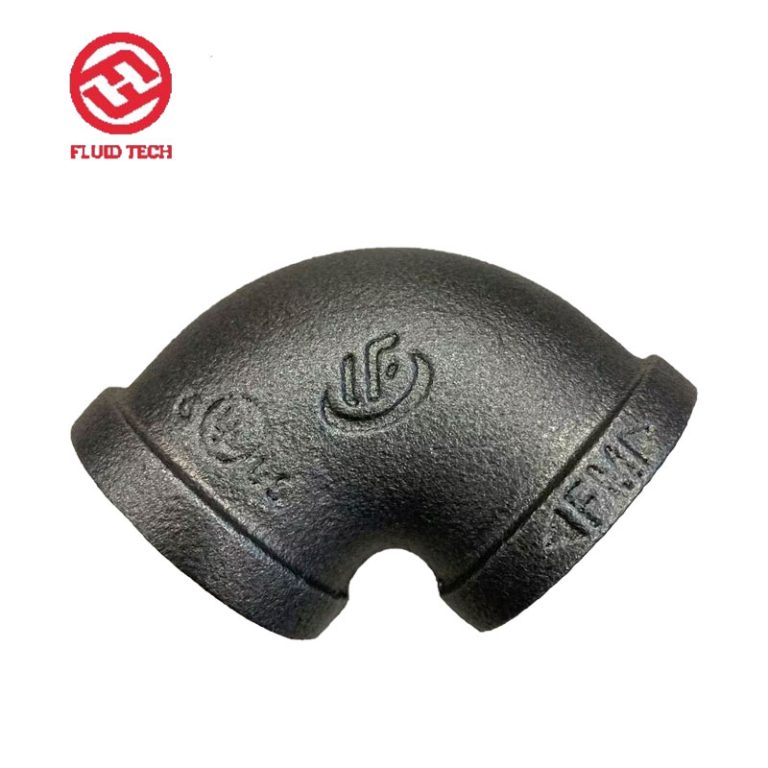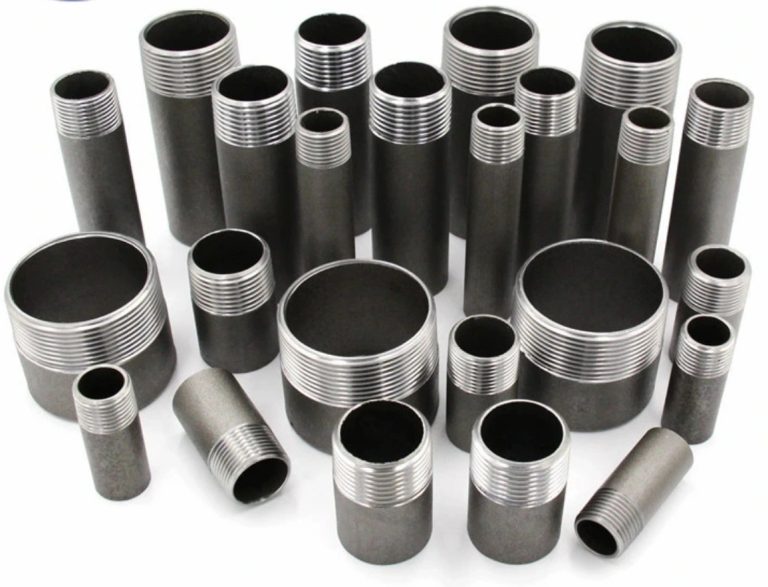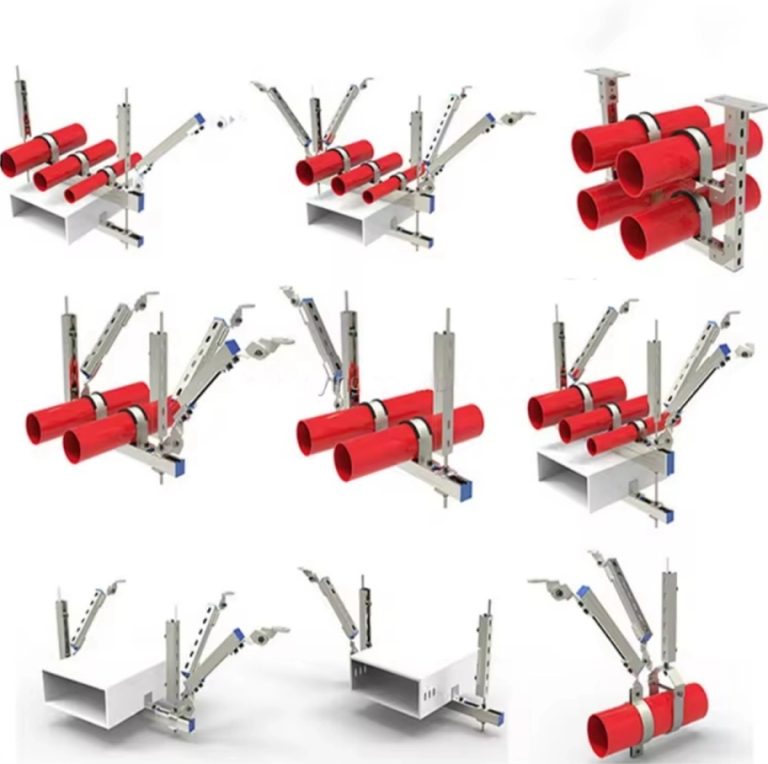Tubi flessibili in metallo sono parti vitali nelle impostazioni di sicurezza antincendio e in molti usi industriali. Forniscono flessibilità, robustezza e affidabilità eccezionali. Sia che si trovino in impianti di spruzzatori, fabbriche petrochimiche o luoghi di produzione alimentare, questi condotti garantiscono un movimento protetto ed efficace di liquidi e gas. Gestiscono anche il movimento e il tremore. Tuttavia, per ottenere la vita più lunga possibile dal tubo flessibile in metallo è necessario scegliere correttamente, montare e mantenere le routine. Questa guida dettagliata esplora gli elementi principali che influenzano la durata dei tubi flessibili in metallo. Offre inoltre metodi pratici di punta per garantire il massimo funzionamento e un periodo operativo prolungato.
Comprendere il metallo Fuoco Tubi flessibili
Cosa sono i metalli Fuoco Tubi flessibili?
I tubi flessibili in metallo sono tipicamente realizzati in acciaio inossidabile di alto livello. Sono costruiti per spostare liquidi, gas o piccoli pezzi solidi in ambienti difficili. La loro speciale forma a costelle prende in shake. Gestisce anche la crescita del calore. Inoltre si piega in modo sicuro senza indebolirsi. Questi condotti hanno spesso strati esterni protettivi. Questi aumentano la resistenza e combattono la ruggine.
Nelle reti di sicurezza antincendio, i tubi flessibili in metallo sono indispensabili. Collegano gli spruzzatori ai sistemi di tubazione. Ciò garantisce un approvvigionamento idrico affidabile durante le crisi. Sono anche ampiamente utilizzati in settori come l'aerospazio, la costruzione di automobili e la petrochimica. Qui, la flessibilità e la gestione di alta forza sono essenziali.
Perché la longevità conta
Rendere il tubo flessibile in metallo durare il più a lungo possibile è fondamentale sia per la sicurezza che per il risparmio. Un condotto ben curato può servire da 3 a 5 anni o più. Ciò riduce le spese di sostituzione ed evita interruzioni. Nell'uso della sicurezza antincendio, un tubo affidabile assicura che la configurazione funzioni correttamente in caso di emergenza. Ciò può proteggere vite e beni. D'altra parte, un guasto precoce può causare gocce, problemi di sistema o eventi disastrosi.
Fattori che influenzano la longevità dei tubi flessibili in metallo
Diverse cose influenzano la resistenza dei tubi flessibili in metallo. Conoscere questi aiuta a fare scelte intelligenti per prolungare la loro vita utile.
| Fattore | Impatto sulla longevità |
| Qualità del materiale | L'acciaio inossidabile di alto livello combatte la ruggine e sopravvive ad intenso calore o freddo. |
| Ambiente di lavoro | Gli spostamenti di calore, il contatto con sostanze chimiche e la costante agitazione accelerano i danni. |
| Metodi di montaggio | La curvatura sbagliata, la rotazione o la mancanza di bracket portano a un guasto precoce. |
| Adattabilità chimica | Liquidi o gas inappropriati consumano gradualmente i materiali del tubo. |
| Livelli di forza/calore | Andare oltre i confini impostati riduce l'affidabilità del tubo. |
| piegatura e movimento | La flessione troppa o ripetuta oltre i limiti di progettazione provoca stanchezza materiale. |
| Strofinamento/danno | I danni fisici causati da cose difficili o zone occupate accorciano la vita. |
Qualità del materiale
Il tipo di acciaio inossidabile utilizzato nella produzione influisce notevolmente sulla resistenza del tubo. Le sostanze superiori, come quelle approvate da FM, UL o VDS, forniscono una migliore difesa contro la ruggine, lo sforzo fisico e le temperature severe. Scegli sempre tubi da fornitori rispettati. Cerca approvazioni come ISO, SGS o TUV. Ciò garantisce una qualità costante.
Ambiente di lavoro
I tubi lavorano in luoghi diversi. Questi vanno dalle fabbriche petrochimiche calde ai siti marini propensi alla ruggine. Cose come cambiamenti di calore, contatto chimico e vibrazioni della macchina possono danneggiare i tubi. Questo accade se non gestito bene. Ad esempio, una lunga esposizione a sostanze chimiche dure senza strati protettivi può causare ruggine e perdite.
Metodi di montaggio
Il montaggio sbagliato è una delle principali ragioni per la rottura del tubo. Troppe curvature, rotazioni o sezioni non supportate sforzano il tubo. Questo riduce la sua durata di vita. L'attenzione alle istruzioni del produttore per i limiti di curva, la rettitudine e il rinforzo è vitale per un funzionamento duraturo.
Migliori pratiche per estendere la vita del tubo flessibile in metallo
Per garantire che i tubi flessibili in metallo funzionino in modo affidabile nel corso degli anni, seguite questi otto metodi principali. Questi sono progettati per uso in fabbrica e sicurezza antincendio.
Selezionare la lunghezza giusta del tubo
Scegliere un condotto della lunghezza giusta smette di tirare o di allungarsi eccessivamente. Questo può causare sforzo e stanchezza materiale. Valutare con precisione il percorso di montaggio. Ricorda i movimenti naturali e la crescita del calore. Un tubo di dimensioni corrette migliora la flessibilità e la durata della vita.
Installare con cura
Il corretto montaggio riduce al minimo i danni alla macchina. Impiegare bretelle, supporti o elementi di fissaggio per mantenere l'allineamento. Ciò impedisce il pizzeggio o le curve taglienti. Evitare di girare il tubo durante la configurazione. La torsione può indebolire le estremità e le giunzioni.
Eseguire ispezioni regolari
Controlli frequenti sono essenziali per trovare usura, gocce o ruggine presto. Esaminare le estremità, giunzioni e la superficie del tubo per graffi, gonfiori o cambiamenti di colore. Nelle reti di sicurezza antincendio, assicurarsi che i tubi rispettino le regole FM / UL durante i controlli. Ciò rende l'approvazione valida.
Proteggere dagli estremi di temperatura
I tubi flessibili in metallo sono realizzati per gestire l'espansione termica. Ma drastici cambiamenti di calore possono stressare la sostanza. Utilizzare scudi termici o cavi di riscaldamento per ridurre i cambiamenti rapidi. Ciò è particolarmente importante fuori o in luoghi caldi.
Evitare coppia eccessiva
La forza di rotazione durante il montaggio o l'uso può danneggiare gli assemblaggi di tubi. Impiegare le estremità rotanti per consentire il movimento senza sforzo di torsione. L'allineamento corretto e il supporto riducono ulteriormente le possibilità di girare.
Implementare una pulizia completa
Il lavaggio regolare rimuove lo sporco, i pezzi depositati o i residui chimici. Questi possono indebolire la resistenza del tubo. Utilizzare soluzioni di pulizia suggerite dal produttore. Ciò evita danni materiali. Scambiare vecchie sigillature o estremità durante la manutenzione per evitare gocce.
Rispetta i limiti del raggio di piegatura
Curvare un tubo oltre il suo limite dichiarato provoca danni interni e stanchezza. Controllare il produttore’ s direzioni per il limite di curva più piccolo. Evitare curve taglienti, in particolare in punti stretti.
Scudo dall'abrasione
Posizionare i tubi lontano da angoli taglienti o percorsi trafficati. Utilizzare maniche protettive o protezioni in ambienti difficili. Ciò protegge la superficie del tubo. La corretta pianificazione del percorso e il supporto riducono ulteriormente i danni fisici.
Fluid Tech Group: il tuo fornitore affidabile di tubi flessibili in metallo
Fluid Tech Piping Systems (Tianjin) Co., Ltd.Fondata nel 2018, è il principale fornitore di prodotti di sicurezza antincendio. Ciò include standard elevato tubi flessibili in metallo. Come la prima azienda del nord della Cina che si concentra sulla sicurezza antincendio con la propria etichetta, Fluid Tech Group offre prodotti approvati FM / UL / CE / LPCB / VDS. Questi sono fatti per affidabilità e sicurezza. Con una forte rete di fornitura, uno stoccaggio moderno nel centro di trasporto settentrionale e legami con i migliori produttori, Fluid Tech offre Comprare risposte one-stop per le aziende di costruzione in tutto il mondo. La loro dedizione alla qualità, all'aiuto esperto e alle risposte economiche li rende un partner affidabile. Aiutano a massimizzare la vita dei tubi flessibili in metallo nelle reti di sicurezza antincendio.
Conclusione
L'estensione della vita dei tubi flessibili in metallo è fondamentale per garantire sicurezza, efficacia e risparmio nella sicurezza antincendio e negli usi industriali. Scegliendo tubi di alto standard, seguendo metodi di montaggio adeguati e facendo manutenzione regolare, è possibile aumentare notevolmente il loro tempo di servizio. Gruppo Tecnologico Fluido’ i prodotti approvati e l'aiuto esperto rendono più semplice il raggiungimento di un funzionamento affidabile. Segui i metodi principali di questa guida per salvaguardare il tuo investimento. Mantieni le tue reti funzionanti in modo efficiente.
FAQ
Quanto tempo può durare un tubo flessibile in metallo in un sistema di protezione antincendio?
Un tubo flessibile in metallo correttamente mantenuto può servire da 3 a 5 anni o più. Ciò dipende dalla qualità della sostanza, dall'ambiente di lavoro e dalle abitudini di manutenzione. Controlli frequenti e il rispetto delle regole FM/UL garantiscono una durata prolungata.
Qual è il modo migliore per prevenire la corrosione nei tubi flessibili in metallo?
Per fermare la ruggine, seleziona tubi in acciaio inossidabile di alto livello con approvazioni come FM o UL. Evitare il contatto con sostanze chimiche inappropriate. Utilizzare strati protettivi. Pulire regolarmente per rimuovere i residui che causano la ruggine.
Quante volte dovrei ispezionare il mio tubo flessibile in metallo?
Esamina i tubi flessibili in metallo almeno ogni anno o come consigliato dal produttore. In luoghi a rischio, come le fabbriche petrochimiche, potrebbero essere necessari controlli più frequenti (ad esempio, ogni tre mesi). Questo rileva usura o danni presto.
Un'installazione impropria può influenzare la vita di un tubo flessibile in metallo?
Sì, il montaggio sbagliato, come troppa curvatura, torsione o sostegno mancante, può accorciare notevolmente un tubo flessibile in metallo; della vita. Segui sempre le regole del creatore per i limiti di curva, la rettitudine e il supporto. Ciò garantisce un lungo periodo di servizio.
Perché scegliere Fluid Tech Group per tubi flessibili in metallo?
Fluid Tech Group fornisce tubi flessibili in metallo approvati FM/UL. Questi hanno rigorosi controlli di qualità e una catena di fornitura affidabile. L'assistenza all'acquisto e il supporto tecnico esperto garantiscono risposte protette ed efficienti per i lavori di sicurezza antincendio.

